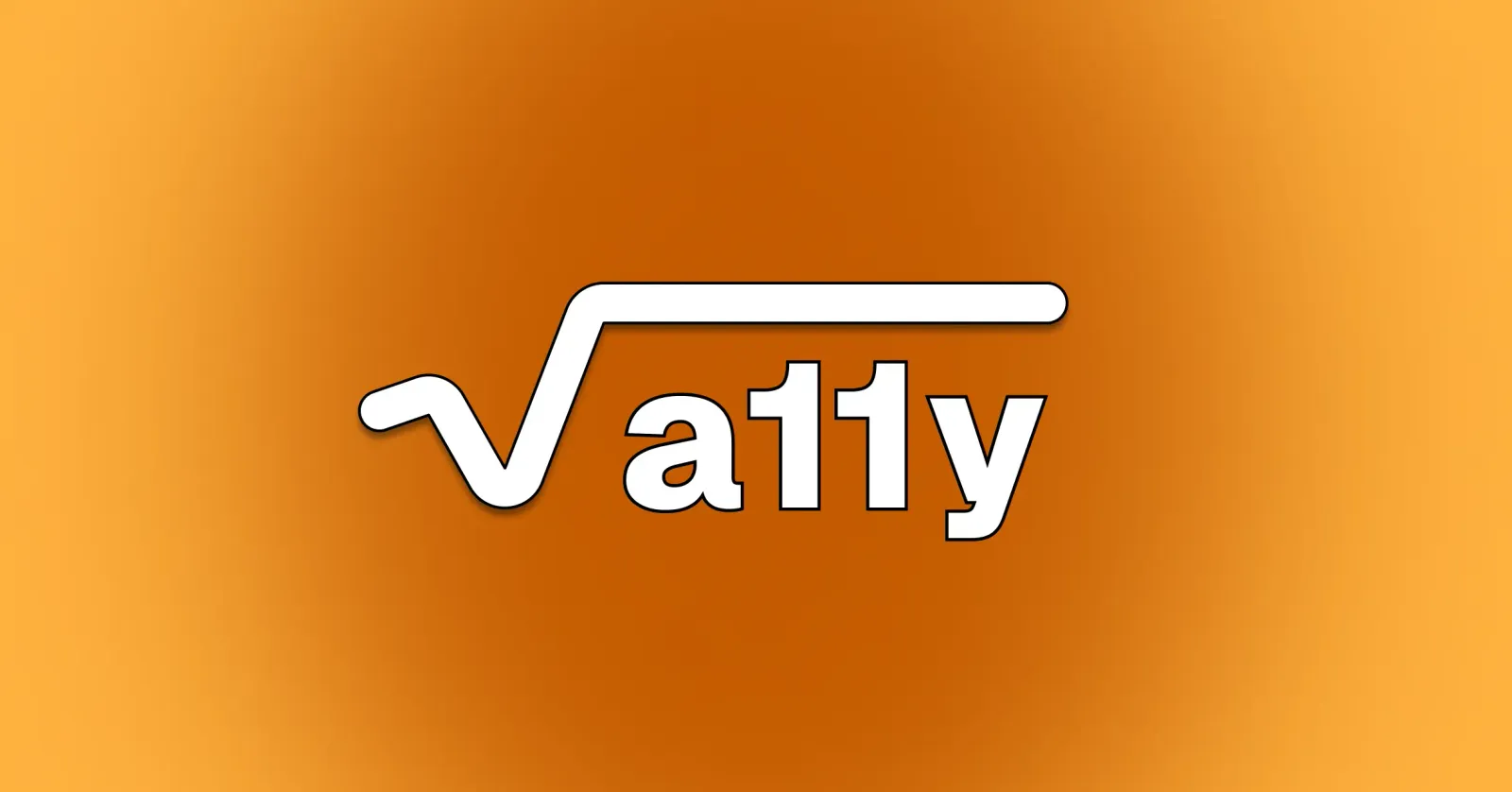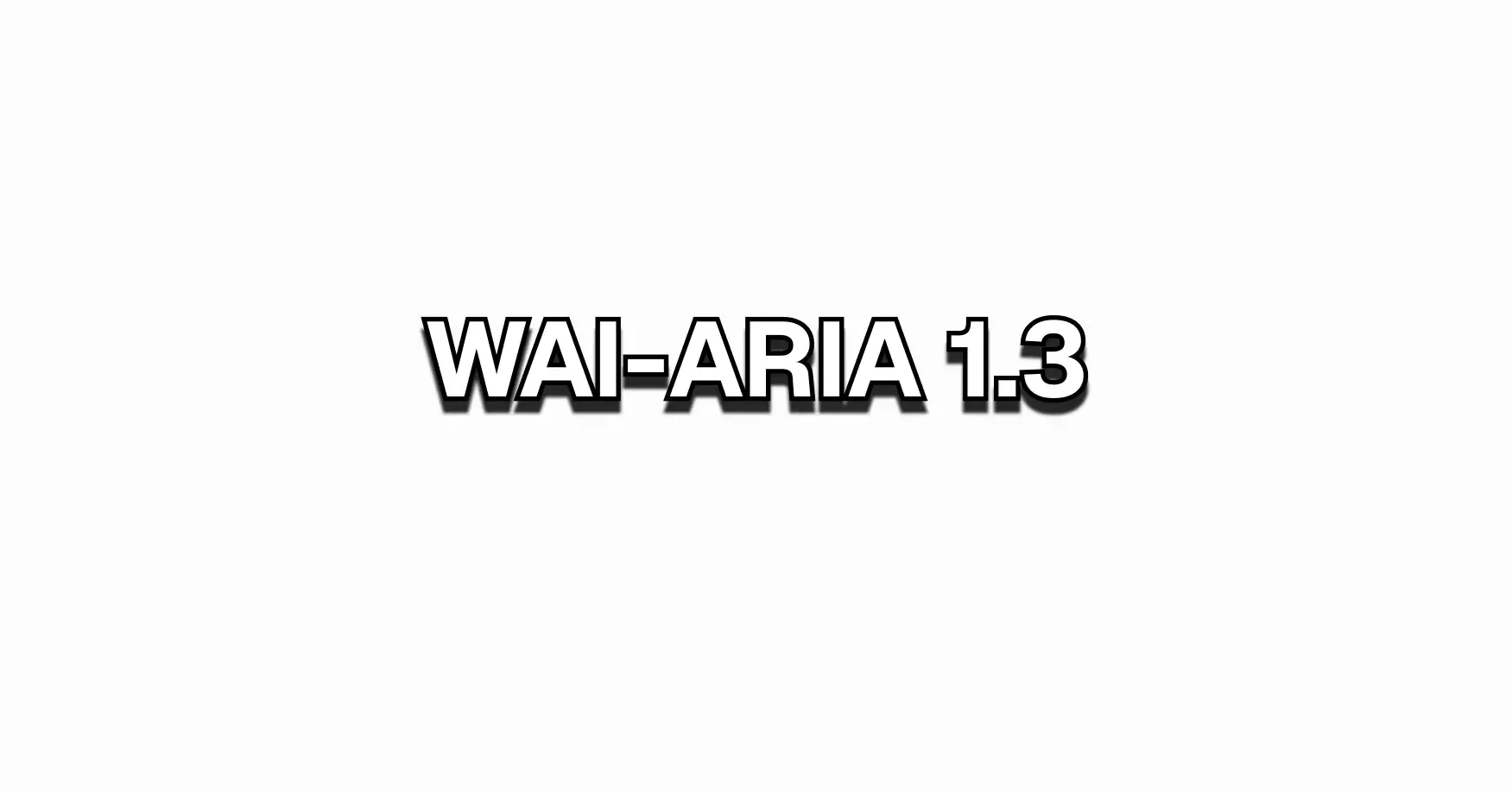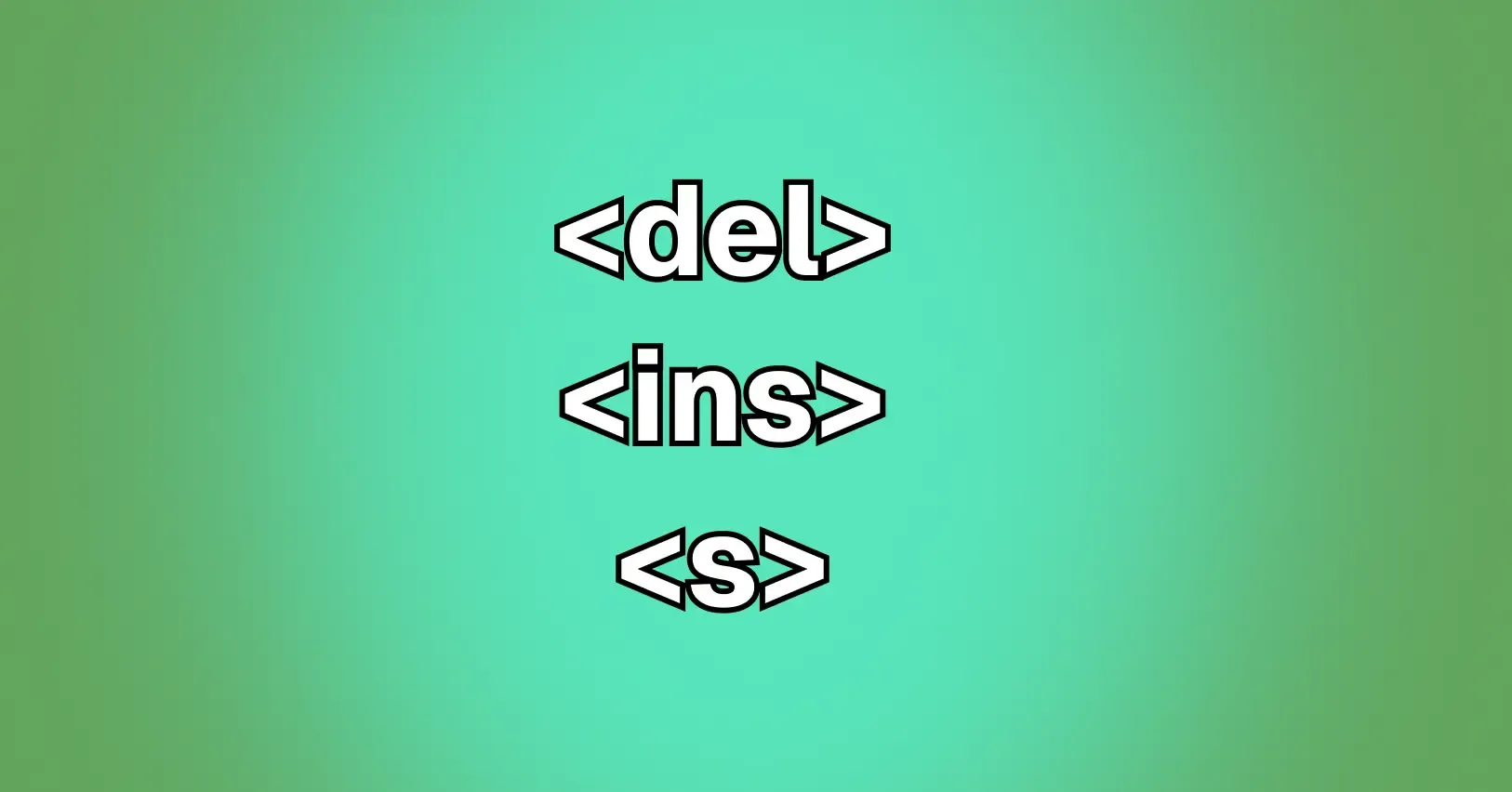Math Accessibility on the Web: ARIA math Role & Best Practices
Discover how to improve math accessibility on the web using the ARIA math role. Learn best practices, see real-world examples, and boost inclusivity.
Manuel Sánchez

Note: Hi! I am working on a newer version of this article, since I realized when testing with screen readers that there are better ways to improve math accessibility. Hopefully it will be ready by end-2025 / beginning-2026. Stay tuned!
Share article


